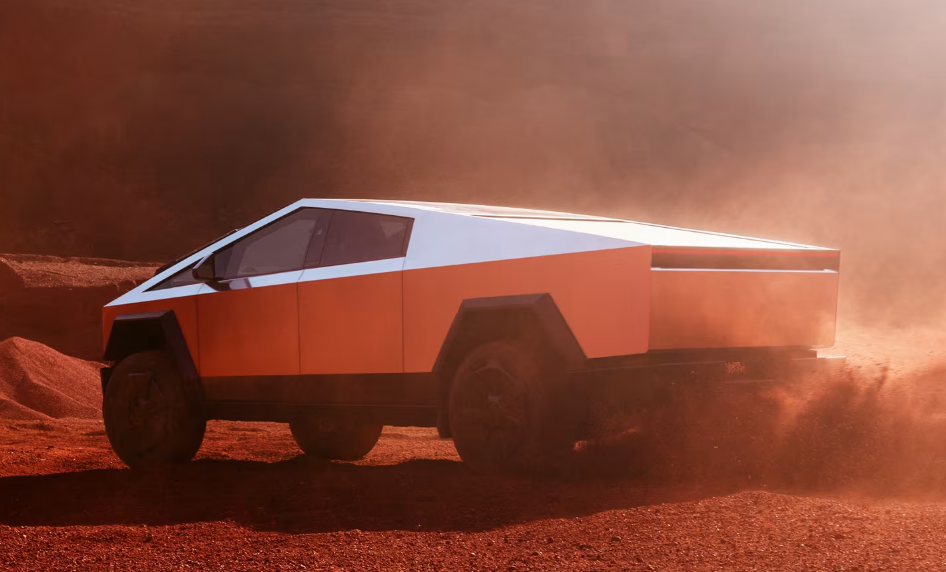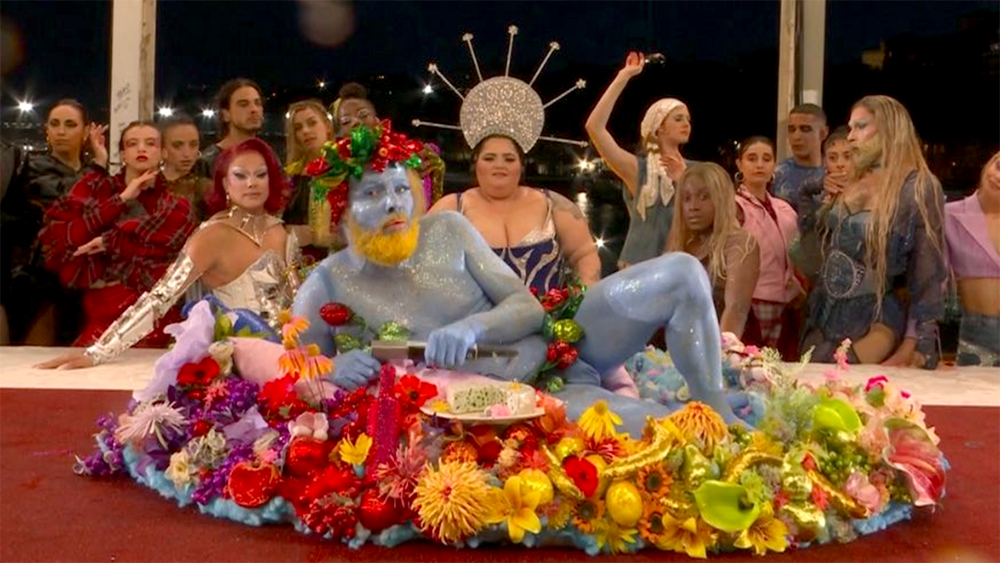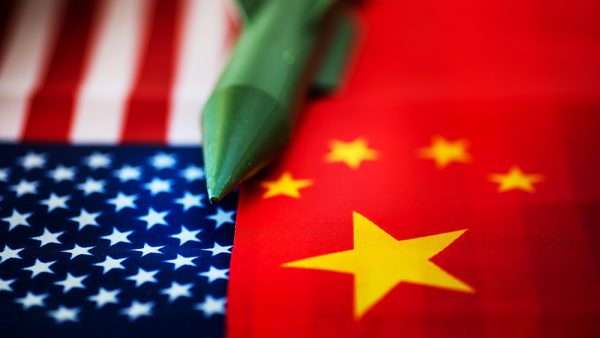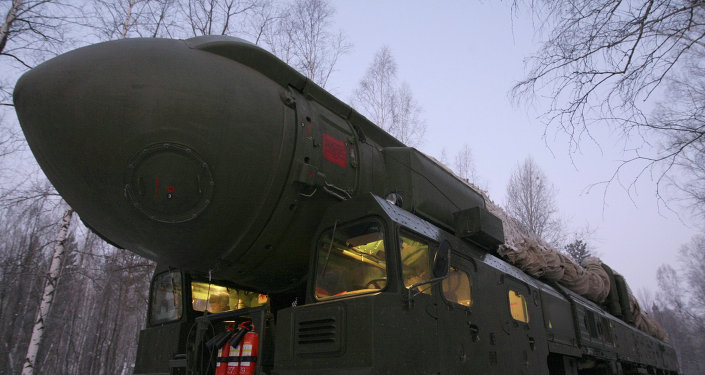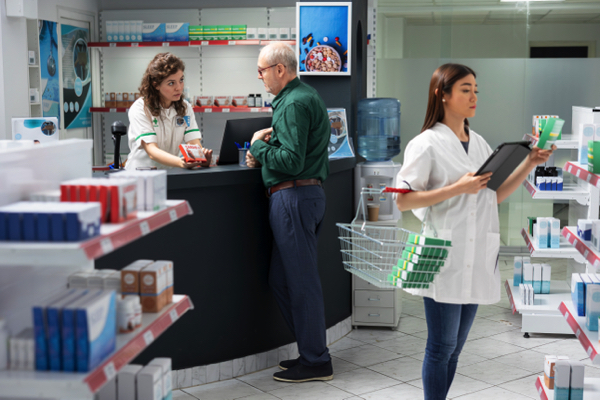Tesla plans to launch humanoid robots next year, says Elon Musk
By kevinhughes // 2024-07-25
Tweet
Share
Copy

Electric vehicle (EV) manufacturer Tesla plans to launch humanoid robots for internal purposes beginning next year, with plans for wider production by 2026.
"Tesla will have genuinely useful humanoid robots in low production for Tesla internal use next year and, hopefully, high production for other companies in 2026," Tesla CEO Elon Musk posted on his X account Monday, July 22. (Related: In two years, China plans to unleash mass-produced humanoid robots to replace human workers.)
The announcement came after Musk said in April that the Tesla robot Optimus would be able to carry out factory jobs by the end of this year and could be ready for sale by the end of 2025.
Tesla first revealed plans to work on humanoid robots in 2021 at an AI [artificial intelligence] Day event. The company unveiled Optimus a year later, noting that its anticipated value would be less than a Tesla car.
Musk said at the time that several robots that came before the Optimus were "missing a brain" and didn't have the intelligence to move on their own. He noted that Optimus will be an "extremely capable robot," and with a reasonable price tag of less than $20,000. "Optimus is going to be incredible in five or ten years, like mind-blowing," Musk stated.
Humanoid robots resemble humans
Humanoid robots are created to resemble humans, emulating facial expressions and movements. Many companies, including Japan's Honda and Hyundai Motor's Boston Dynamics, have been betting on humanoid robots to address possible labor shortages in certain industries by doing repetitive tasks that may be viewed as dangerous or tedious. Musk earlier said that robot sales could become a bigger part of the Tesla business than other sectors. Valued at $1.8 billion in 2023, the international humanoid robot market is expected to surge to more than $13 billion over the next five years, as reported by research firm MarketsandMarkets. Tesla has been developing a humanoid robot for years. The company said one of its goals is to make a "general purpose, bi-pedal, autonomous humanoid robot capable of performing unsafe, repetitive or boring tasks." Musk introduced a prototype of the Optimus in 2022. At the time, Optimus was made out of wires and metal constructed unclearly in the shape of a human. The first generation could only make very fundamental movements, such as taking a few steps and waving to the crowd. Tesla showed off its next generation of Optimus robot last year, this time with a smoother design, as well as enhanced features and sensors that allow the robot to work faster. In a video presentation, the robot demonstrated its dexterity by picking up, holding and laying down an egg without breaking it. The concept of humanoid robots is not new, and many tech companies have already started production of comparable models. The recent announcement about the Optimus robot comes at a time when Tesla is encountering challenges in its core EV business. With EV demand showing signs of decreasing and comprising over 80 percent of Tesla's quarterly income, Musk is now shifting the company's focus into AI, autonomous driving software, robotaxis and humanoid robots. The change in focus mirrors Tesla's strategy to expand its range of products and income flows. It also highlights the company's commitment to staying at the center of technological innovation. Follow Robots.news for more stories like this. Watch the video below about Elon Musk saying that the ratio of humanoid robots to humans will be at least two to one. This video is from the Thrivetime Show channel on Brighteon.com.More related stories:
Workers in warehouses could soon lose their jobs to HUMANOID ROBOTS. CONSIDER YOURSELF WARNED: Humanoid robots claim they could run the world better than humans. Former Joint Chiefs chairman predicts one-third of U.S. military will be replaced with ROBOTS in the next 10-15 years. Tesla in Full Self-Driving mode SLAMS into parked police car. Robot civil servant in South Korea commits "suicide." Sources include: RT.com Independent.co.uk WIONews.comTweet
Share
Copy
Tagged Under:
glitch artificial intelligence Elon Musk Japan robots AI tesla robotics humanoid robot cyborg Boston Dynamics products inventions future science information technology computing future tech electric vehicle EV innovations robotaxis Honda Optimus Hyundai Motor
You Might Also Like
Shocking new revelations about Google: ‘They control billions of people’
By News Editors // Share
Are the Olympics a trial run for a 1984 digital state?
By News Editors // Share
“Rural broadband czar” Kamala Harris fails to link anyone to high-speed internet despite $42B budget
By Belle Carter // Share
Recent News
Putin deploys Oreshnik hypersonic missiles to Belarus, escalating NATO tensions
By kevinhughes // Share
U.S. escalates maritime war on narco-terrorism, killing eight in latest Pacific strikes
By patricklewis // Share
How forced immunizations, fraudulent science and corporate greed have endangered public health
By patricklewis // Share
Blood pressure pills RECALLED due to manufacturing mix-up
By oliviacook // Share


